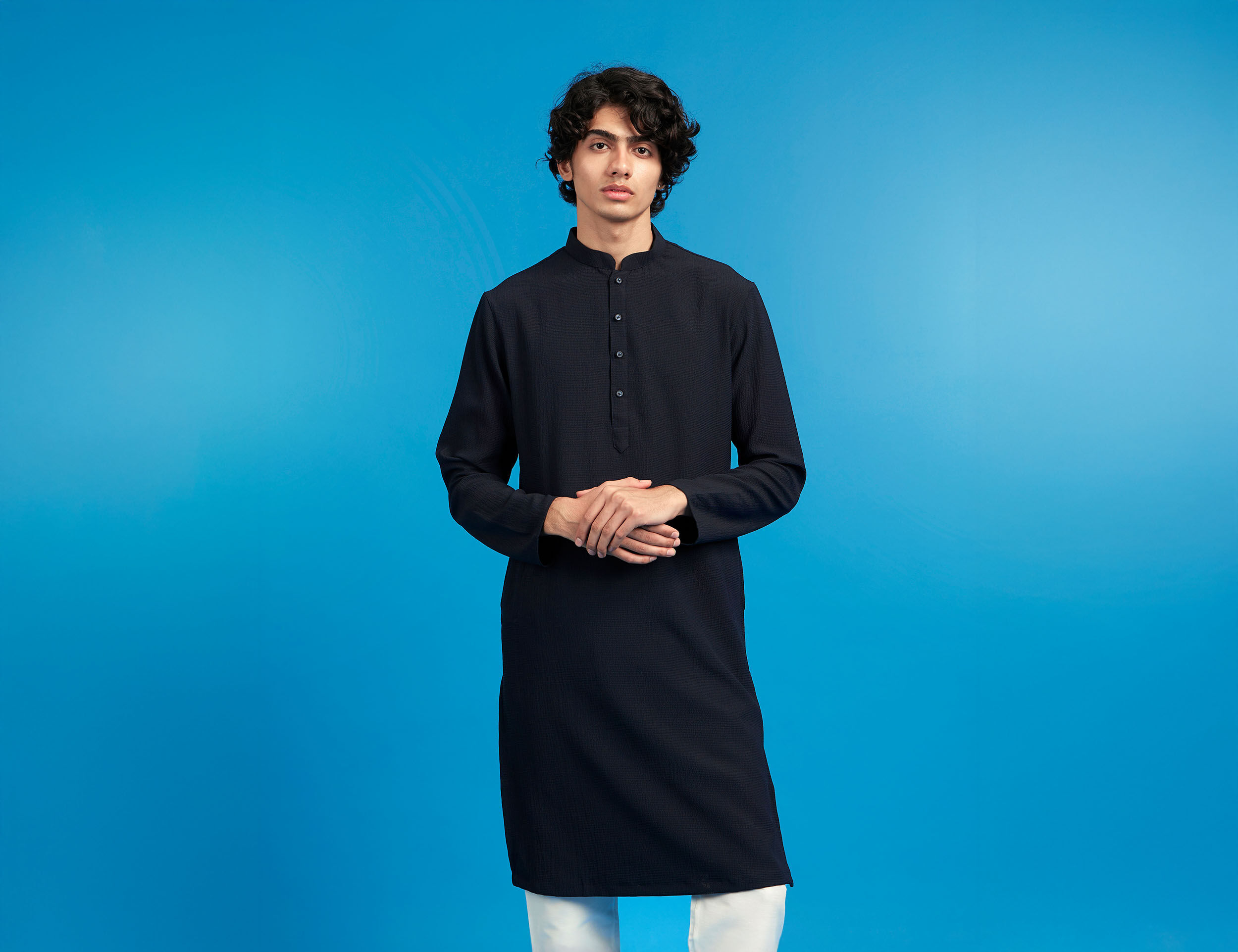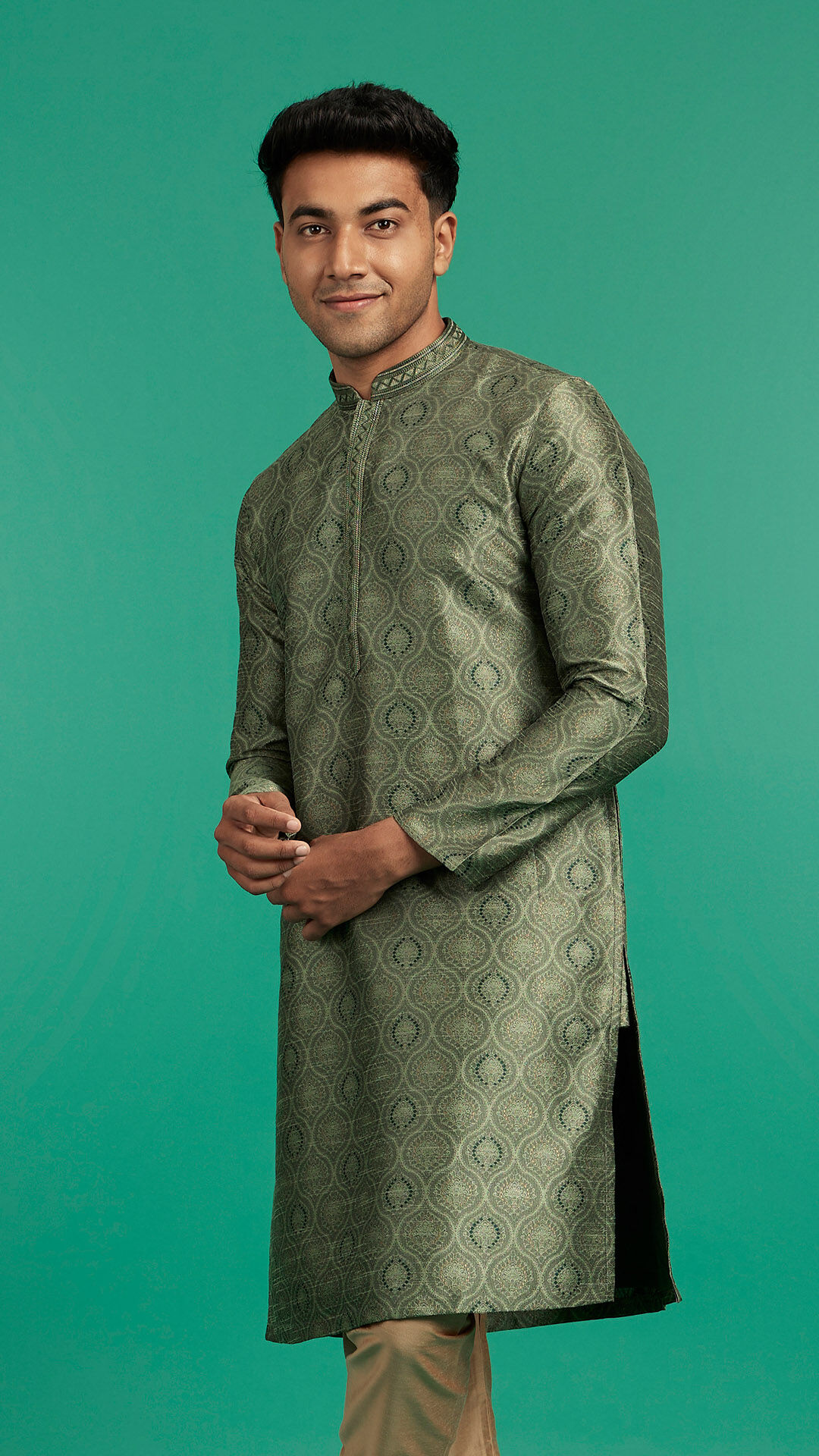STORIES BY DIWAS

Lifestyle
The Chariot Festival 101: Decoding What is Jagannath Rath Yatra
Date 26 June 2025 Reading time: 7-10 mins
Massive wooden chariots rolling through streets. Thousands of devotees pulling thick ropes with joyous chants. An atmosphere charged with devotion and festivity. What is Jagannath Rath Yatra? It's much more than just a religious procession—it's a cultural phenomenon that brings together millions of people in celebration of faith and tradition.
Whether you're a spiritual seeker, a cultural enthusiast, or simply someone who appreciates India's rich heritage, the Rath Yatra offers something truly special. So let's embark on this journey to understand what Jagannath Rath Yatra is and why it continues to be one of India's most beloved festivals.
What is Jagannath Rath Yatra?
The streets of Puri come alive each year as Lord Jagannath, along with his siblings Balabhadra and Subhadra, embarks on their annual journey from their temple home to their aunt's abode. What is Jagannath Rath Yatra? At its core, it's a symbolic journey of deities who leave their temple to mingle with devotees, regardless of caste, creed, or religion.
This remarkable festival, sometimes called the "Festival of Chariots", represents a rare occasion when the divine steps out of the sanctum to be with the people. The name itself gives away its essence—'Rath' means chariot, and 'Yatra' means journey. So literally, it's the journey of chariots carrying the deities through the streets of Puri.
What is Jagannath Rath Yatra History?
The origins of this magnificent festival stretch back through the corridors of time. Historical evidence suggests that the Rath Yatra traditions began somewhere between the 12th and 16th centuries, gaining particular prominence during the reign of Odisha's Gajapati kings. These rulers not only patronised the festival but also participated actively, a tradition that continues even today with the current Gajapati king.
Why do we celebrate Jagannath Rath Yatra? According to popular belief, the festival commemorates Lord Krishna's return to Mathura from Gokul, where he spent his childhood. Others say it represents Lord Jagannath's desire to visit his birthplace once a year. The mythology adds layers of meaning to what might otherwise be seen as simply a religious procession.
Why Do We Celebrate Jagannath Rath Yatra?
Beyond the spectacle lies the deep spiritual and social significance of Jagannath Rath Yatra. For devotees, pulling the chariot ropes is not merely a physical act but a spiritual practice believed to confer blessings and purify the soul. There's a saying that even touching the ropes of the chariot brings immense spiritual merit.
The festival embodies principles of equality and inclusivity that were revolutionary for their time. During Rath Yatra, all barriers dissolve—the deities come out of the temple to meet everyone, including those who might not be allowed into the inner sanctum due to traditional restrictions. This democratic aspect of the festival makes it unique in India's religious landscape.
What is Rath Yatra?
"Rathon ka tyohaar," as it's often called in Hindi, is a celebration that centres around massive wooden chariots. What is Jagannath Rath Yatra? It's a festival where three enormous chariots carrying the deities Lord Jagannath, Lord Balabhadra, and Goddess Subhadra are pulled through the streets of Puri by thousands of devotees.
How many days is Rath Yatra celebrated? The entire festival spans 9 days, beginning on the second day of the bright fortnight of the Ashadha month in the Hindu calendar. In 2025, the festival begins on June 27 and concludes on July 5, with various rituals taking place throughout this period.
Celebrating Jagannath Rath Yatra Rituals
The Rath Yatra is steeped in rituals that have been meticulously preserved over centuries. How is Rath Yatra celebrated? It begins with the Snana Purnima (June 11, 2025), when the deities are given a ceremonial bath with 108 pots of water, after which they are believed to fall "ill" and remain in seclusion for 15 days.
Following this period of rest, the Gundicha Marjana takes place on June 26, 2025. This involves the thorough cleaning of the Gundicha Temple in preparation for the deities' arrival. Devotees consider it a blessing to participate in this cleaning ritual.
The main day of Rath Yatra (June 27, 2025) begins with Pahandi, a ritual where the deities are carried to their chariots in a swaying motion accompanied by the sounds of conch shells, cymbals, and chants. This is followed by Chhera Panhara, where the Gajapati King sweeps the chariot platforms with a golden broom.
- Hera Panchami (July 1, 2025): A ritual where Goddess Lakshmi visits Lord Jagannath at Gundicha Temple
- Bahuda Yatra (July 4, 2025): The return journey of the deities to the main temple
- Suna Besha (July 5, 2025): The deities are adorned with gold ornaments
- Niladri Bijay (July 5, 2025): The final return of the deities to their throne
How is Rath Yatra celebrated? With devotion, community participation, and adherence to age-old traditions, this creates a powerful spiritual atmosphere unique to this festival.
The Chariots of Rath Yatra
The stars of the show are undoubtedly the three massive chariots that give this festival its name. What is Jagannath Rath Yatra? It's a celebration centred around these architectural marvels—each chariot distinctive in size, colour, and design.
Lord Jagannath's chariot, Nandighosa, stands tallest at around 45 feet with 18 wheels. Covered with red and yellow cloth, it represents the Sudarshana Chakra. Lord Balabhadra's chariot, Taladhwaja, features 16 wheels and is draped in red and green, symbolising strength. The smallest chariot belongs to Goddess Subhadra—Darpadalana has 14 wheels and is decorated with red and black fabrics.
The Grandeur of the Chariot Festival
The scale of the Rath Yatra is truly breathtaking. Imagine over a million devotees gathered in the streets of Puri, creating a sea of humanity united by faith and celebration. How many days is Rath Yatra celebrated? While the main chariot procession happens on a single day, the entire festival spans 10 days filled with various rituals and ceremonies.
What makes this festival particularly grand is the community participation. People from all walks of life—from simple villagers to urban professionals, from children to the elderly—come together to pull the massive chariots. The thick ropes, stretching over 200 feet, accommodate hundreds of hands pulling in unison, creating a powerful symbol of collective faith and effort.
What is the Jagannath Rath Yatra?: A First-Hand Account
Standing in the crowd during Rath Yatra is an experience that engages all senses. The summer heat of Puri is quickly forgotten as excitement builds with the first glimpse of the massive chariots. How is Rath Yatra celebrated? With a contagious fervour, even first-time visitors often find themselves caught up in the devotional energy.
As you join the throngs of people lining the Grand Road (Bada Danda), you'll notice families setting up small viewing spots early in the morning. The anticipation builds as news spreads that the deities are being brought out of the temple in the Pahandi procession. The crowd surges forward when the massive wooden chariots finally begin to move, inch by inch, pulled by thousands of hands.
For those who prefer to observe, the procession provides countless photographic opportunities and moments of cultural immersion.
- Best viewing spots: Rooftops along the Grand Road, balconies of guest houses, or designated viewing areas
- What to bring: Water bottle, hat, comfortable shoes, light cotton clothing, small offerings if you wish
- Best time to arrive: Early morning to secure a good spot, though the actual procession usually begins around noon
- Local customs to observe: Remove shoes when approaching the chariots; avoid touching the deities directly
Jagannath Rath Yatra: An Experience
So, what is Jagannath Rath Yatra? It's a window into India's soul, a celebration that combines deep faith, community spirit, artistic expression, and inclusivity in a magnificent display that has endured for centuries.
How many days is Rath Yatra celebrated? While the main festival spans 10 days, its influence extends far beyond, inspiring artists, devotees, and cultural enthusiasts throughout the year. Why do we celebrate Jagannath Rath Yatra? Because it reminds us of the power of faith to unite people across all barriers, creating moments of collective joy and spiritual elevation.
How is Rath Yatra celebrated? With reverence for tradition, yet an openness that welcomes everyone to participate in its splendour. This inclusivity is perhaps the festival's most enduring message—that the divine belongs to all, regardless of social standing or background.
As you prepare for your own journey to experience this magnificent festival, or simply carry its spirit into your celebrations at home, remember that cultural appreciation often begins with how we present ourselves. Diwas's collections offers attire that honours India's cultural heritage while providing comfort and style for all your festive occasions.



